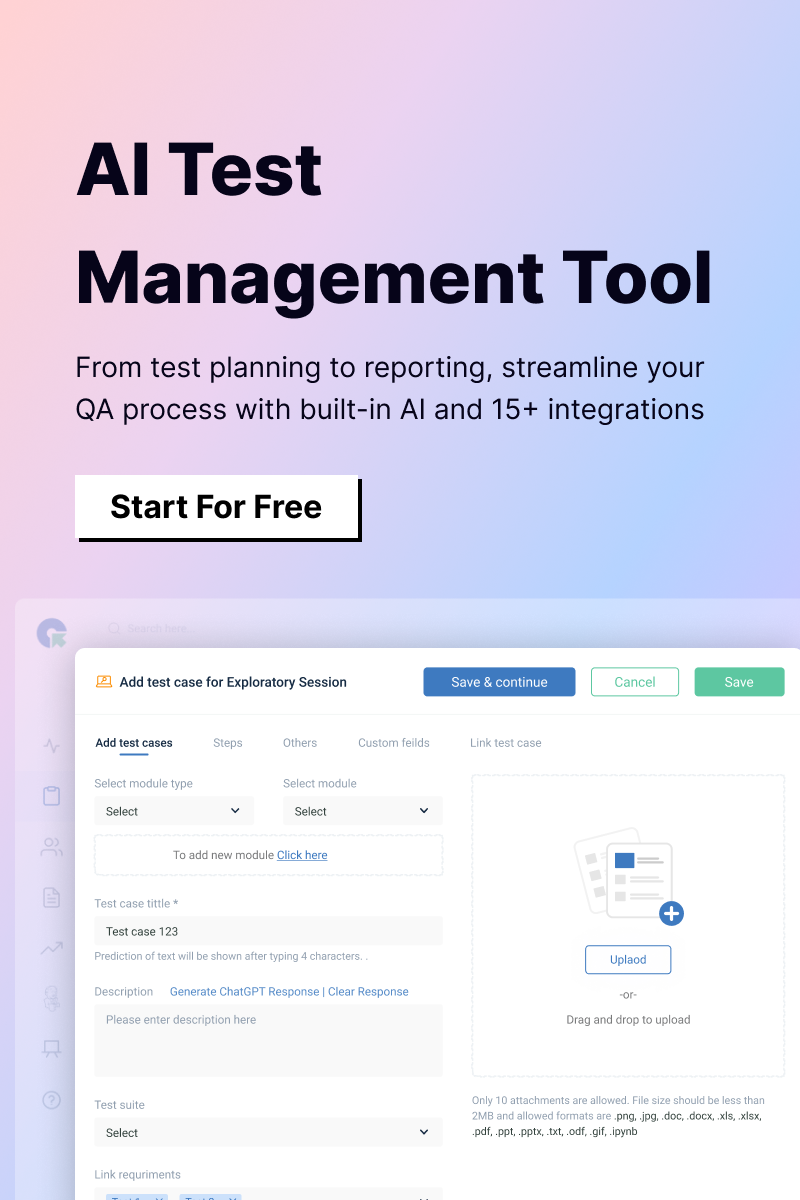Choosing between automated testing and manual testing depends on the nature, requirements, and goals of the project. Automated Testing is best for repetitive, large-scale, and time-sensitive testing tasks, offering speed and reliability. Manual Testing excels in areas requiring human judgment, creativity, or subjective evaluation.
How will you decide when to automate the test?
- Repetitive Test Scenarios: Ideal for tasks such as regression testing, where the same tests need to be run multiple times.
- Large Test Suites: When there are extensive test cases that would take too long to execute manually.
- Frequent Code Changes: Useful for Agile and DevOps workflows where continuous testing is needed.
- High Accuracy Required: Automation reduces the risk of human error in repetitive tasks.
- Performance Testing: Necessary for load, stress, and scalability tests, which require large-scale simulations.
- Long-Term Projects: Provides cost-effectiveness and efficiency for ongoing testing over time.
- Time Constraints: Speeds up test execution when deadlines are tight.
- Cross-Platform Testing: Ensures compatibility across different devices, operating systems, and browsers.
How will you decide when to choose manual testing?
- Exploratory Testing: For testing new features or applications where creativity and intuition are needed.
- Usability and UX Testing: Involves assessing user experience and interface intuitively, which requires human judgment.
- Short-Term Projects: More cost-effective for small, quick projects where automation setup isn’t justified.
- Ad-Hoc Testing: Suitable for unplanned or informal testing that doesn’t follow predefined scripts.
- Complex Test Scenarios: When tests require a human touch to evaluate subjective aspects like visual layouts or unexpected behaviors.
- Dynamic Requirements: When frequent changes make it impractical to maintain automated test scripts.
When should one not automate testing?
Testing should not be automated in scenarios such as short-term or one-off projects, exploratory or usability testing, and when requirements are constantly changing. It’s also unsuitable for tests requiring human judgment, real-time decision-making, or dynamic interactions. Additionally, automation is not cost-effective for low-frequency tests or during the initial phases of development when the product is unstable. For these cases, manual testing is more practical and effective.
How does QA Touch support automated testing?
QA Touch supports automated testing by integrating with popular automation tools such as Cypress, WebdriverIO, TestCafe, and Selenium. It enables testers to link automated test results directly to test cases, offering a centralized view of execution status and outcomes. With real-time reporting, customizable dashboards, and integrations such as Jenkins, QA Touch ensures that automated testing efforts are effectively tracked and optimized for improved efficiency and collaboration.



